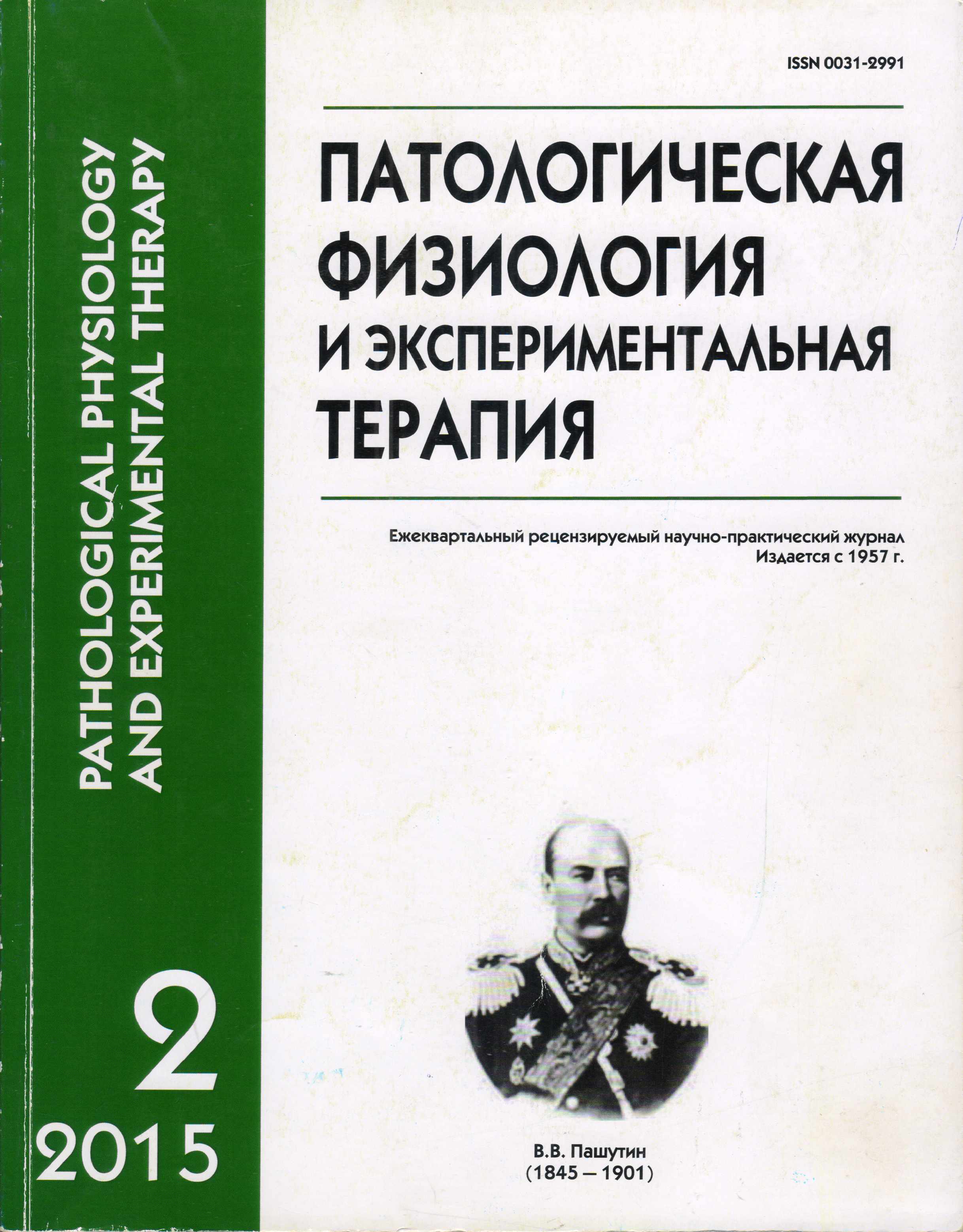Effects of histone deacetylase inhibitor sodium valproate on the physical and behavioral development of 129SV mice
Keywords:
epigenetics, acetylation of histone H3, histone deacetylase blockade, sodium valproate, behavior modification, sensorimotor development
Abstract
Sodium valproate is a widely used antiepileptic drug at high dosage levels, but it has been shown to produce a variety of toxic side-effects when used during perinatal period. These effects include increased risk of congenital anomalies and autism. For this reason, valproate is commonly employed in animal model of autism. Sodium valproate has multiple molecular targets including histone deacetylases. Therefore valproate can be utilized as a tool for the modulation of epigenetic modifications of the genome via inhibition of histone deacetylases. It is known that administration of sodium valproate at a dose of 50 mg/kg during early postnatal period leads to increase of the histone H3 acetylation level in the brain. The aim of the present study was to evaluate the effects of multiple valproate injections from 3rd to 6th postnatal day (50 mg/kg s.c.) on physical and sensorimotor development of 129Sv mice. The standard battery of tests was used. Our results show that valproate have no negative effect on physical development, sensorimotor function, and social behavior. The obtained results support the applicability of sodium valproate in our dosing schedule for further experimental modulation of histone acetylation level in the developing brain.Downloads
Download data is not yet available.
Published
09-07-2015
How to Cite
Burenkova O. V., Aleksandrova E. A., Zarayskaya I. Y. Effects of histone deacetylase inhibitor sodium valproate on the physical and behavioral development of 129SV mice // Patologicheskaya Fiziologiya i Eksperimental’naya Terapiya (Pathological physiology and experimental therapy). 2015. VOL. 59. № 2. PP. 40–45.
Issue
Section
Original research






